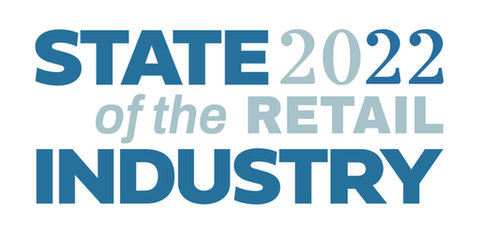
In 2022, we will see a new, reimagined vision of the physical retail experience come to life and spread across the globe.
By Michael Gabay, co-founder & CEO, Trigo

This past year, the retail industry continued to be impacted by the ongoing pandemic—new challenges emerged as a result of supply chain issues, staffing shortages and inflation. Forced to reflect, retailers saw customers enjoy shopping online, but are still seeking a physical store experience to engage in person. This combination of purchasing behavior indicates a need to balance retail offerings, in order to maintain customer loyalty. Looking ahead, retailers must find new ways to adapt, meet consumer demands and set themselves apart in an increasingly competitive industry.
In recent years, many were predicting the end of physical retail as ecommerce skyrocketed; now the tide seems to be turning with physical retail being reimagined. In fact, Coresight Research announced 5,083 store openings by retailers in 2021, and 5,079 closures. Retailers are testing out new store formats and experimenting with different technology solutions, like computer vision and machine learning, that help merge the two retail experiences. They are also looking for solutions to optimize the in-store experience, attract new consumers, build brand loyalty, and increase sales. Having a physical retail presence is valuable, providing the opportunity to connect with new consumers. Making shifts and implementing technology to specifically remove the friction from in-store experiences resonates with consumers, especially as the pandemic endures, transforming the way people shop and the way retailers operate their businesses.
With more data than ever before, and less room for error, retailers are being more strategic when it comes to store locations, on-site inventory and retail technologies implemented. Leveraging data, retailers are able to expand smarter—they can identify top markets and plant stores in those regions, mitigating the risk for closures as a result of hasty openings. Once operational, retailers are implementing technology that provides insights on inventory and consumer shopping behaviors—helping to uniquely design stores or place certain brands to meet consumer needs. While much of this technology is still relatively new, the retail industry is still in the early stages of integration and implementation.
One region taking the lead and revolutionizing the shopping experience with computer vision technology is Europe. Setting the stage for how this technology can seamlessly integrate into the stores customers already know, we will start to see more experimentation and piloting of different retail technology solutions across Europe and the U.S. Retailers are likely to test the technology in larger cities to see what’s working for customers and understand how they’re responding to the new in-person shopping experience.
This year, we will absolutely start to see a new, reimagined vision of the physical retail experience come to life and spread across the globe. New technology players will enter the market, offering services and experiences like never before, as various verticals enter the game. The physical shopping experience as we know it won’t change overnight, but the industry is primed for a major shift as consumer behaviors evolve and retailers adapt to survive in the modern age.














Over 15 years of experience leading technology development groups, and managing dozens of cutting- edge, multidisciplinary research projects in the intelligence corps of the Israeli Defense Forces.